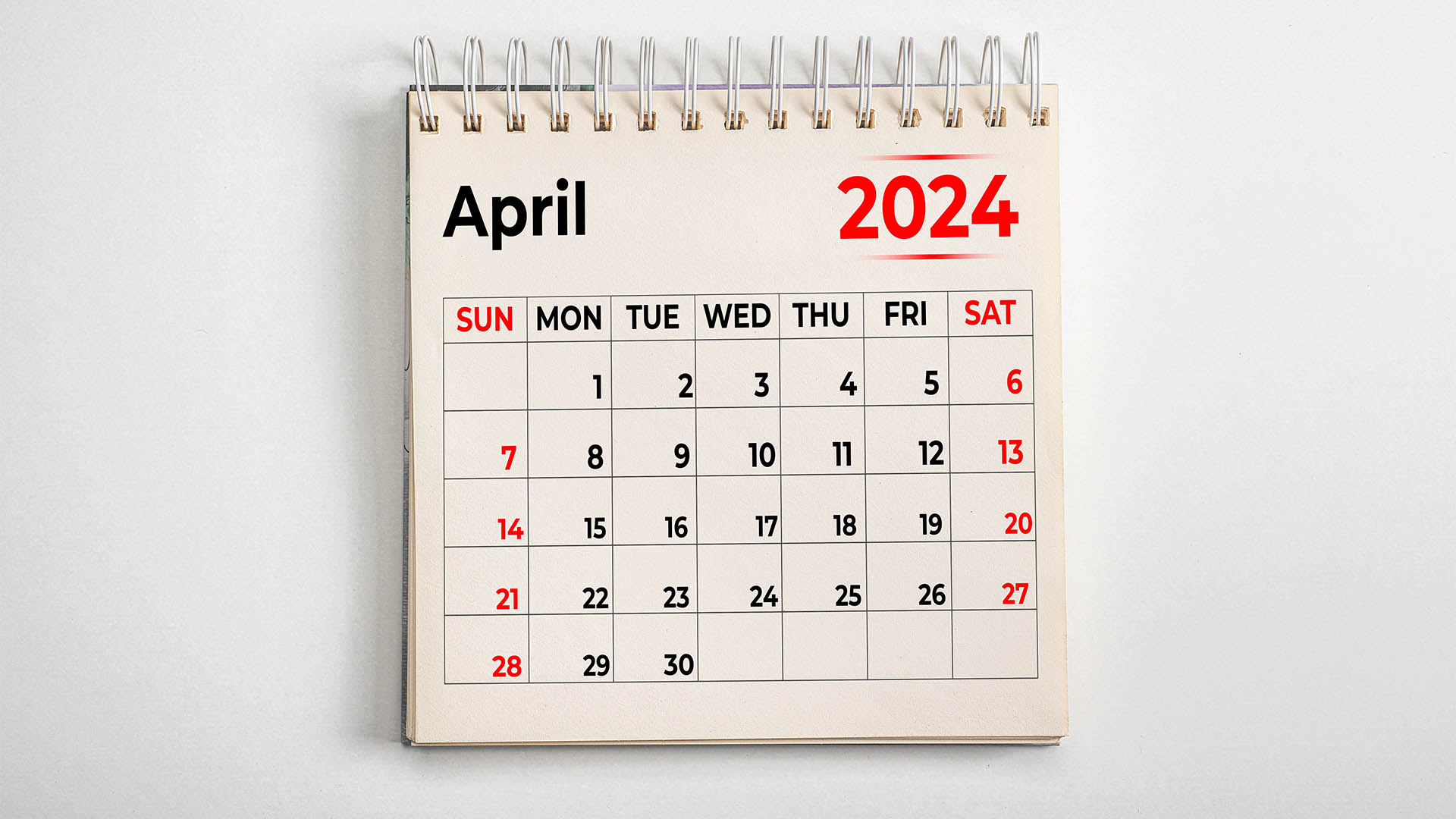No move in interest rates by the Reserve Bank for a 25th consecutive month and there won’t be one any time sooner.
It sounds like a record stuck in a groove, but that’s the situation and there’s no sign of anything to change that (although if the weaker dollar persists into 2019 it could see inflation push higher).
The RBA board left rates on hold again yesterday after its Perth meeting and there’s still no sign of when the change will come. The central bank and Governor Phillip Lowe have both said it is likely the next move in rates will be an increase, but have not given any further clues.
AMP Chief Economist, Shane Oliver and his Westpac counterpart, Bill Evans both said the next move in rates is likely to be a rise in 2020 but both caution there could be a cut before then if economic activity slows, especially consumer spending.
Even the bearish Capital Economics reckons the chances of a rate rise have receded to late 2019 or early 2020.
Certainly in yesterday’s post meeting statement from Governor Lowe there was no concern about a slowing economy – except consumer spending and perhaps the drought (https://www.rba.gov.au/media-releases/2018/mr-18-21.html).
The Bank’s central forecast is for growth of the Australian economy to average a bit above 3 per cent in 2018 and 2019. In the first half of 2018, the economy is estimated to have grown at an above-trend rate. Business conditions are positive and non-mining business investment is expected to increase.
“Higher levels of public infrastructure investment are also supporting the economy, as is growth in resource exports. One continuing source of uncertainty is the outlook for household consumption. Household income has been growing slowly and debt levels are high. The drought has led to difficult conditions in parts of the farm sector.
The key word summarising the RBA’s policy stance was again ‘gradual’ as in “The improvement in the economy should see some further lift in wages growth over time, although this is likely to be a gradual process” and “Further progress in reducing unemployment and having inflation return to target is expected, although this progress is likely to be gradual.”
Figures for June quarter GDP will be released this morning. Most economists reckon the growth rate will slow to an annual 2.8% from 3.1%% in the March quarter, but one or two reckon GDP may still be around a 3% rate, subject to any revisions of previous data.
Current account data for the June quarter showed an increase in the deficit for the June quarter to more than $13 billion and a small 0.1% contribution to GDP (0.3% in the March quarter). Government consumption the June quarter will add 0.2% to GDP (0.3%), the Australian Bureau of Statistics estimated yesterday, but total government investment was flat in the June quarter and won’t make a contribution (min 0.1% in the March quarter.
In view of the rise in some bank mortgage rates, led by Westpac, the RBA statement also pointed out that while “money-market interest rates are higher than they were at the start of the year.
” … they have declined somewhat since the end of June. These higher money-market rates have not fed through into higher interest rates on retail deposits. Some lenders have increased mortgage rates by small amounts, although the average mortgage rate paid is lower than a year ago.”
So much for all the nonsensical comments from the media and others in the wake of the Westpac rate rise a week ago about how this was a terrible thing and would hurt borrowers and home lending.
In a note yesterday afternoon, Dr Oliver from the AMP wrote:
“Overall, there is still nothing in the RBA’s latest Statement to suggest an imminent change in monetary policy.
“The RBA’s forecasts for solid growth and a gradual rise in underlying inflation argue against a rate cut but the peak in the housing construction cycle, uncertainty about the outlook for consumer spending, the continuing weakening in the Sydney and Melbourne property markets, the drought, low inflation and wages growth and tight bank lending standards all argue against a rate hike.
“So the stand-off continues and the RBA will remain on hold for a while to come. The next move is probably still up but not until second half 2020 at the earliest and there is a rising risk that the next move will actually be down.”













